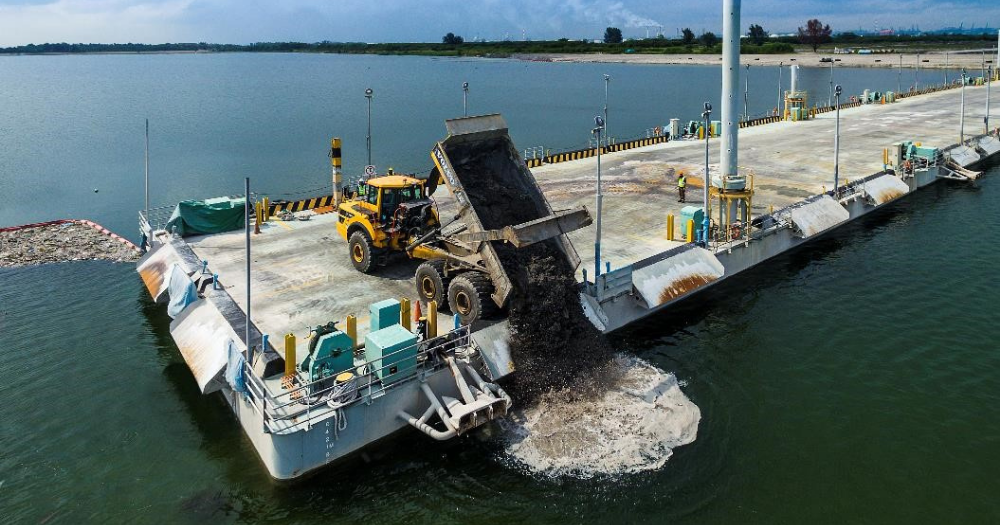
In the irrefutable face of rising sea levels and climate change-fuelled storm surges, one of Australia’s eminent coastal geomorphologists has warned the days of our obsession with beachfront property are over and it is time for “a managed retreat”. Professor David Kennedy, who has decades of experience studying coastlines, told environment and climate reporter Bianca Hall that Australians’ love affair with beachside developments must change. “We can’t keep building in the current hazard zone, let alone the future one.
And we’re building more and more stuff in the current hazard zone,” he said. Is it time to retreat? Erosion comes right up to the seawall at Collaroy last August. Credit: James Brickwood Three years ago, CoreLogic estimated $25 billion of Australian residential coastal property was at high risk due to increasing storm surges and coastal erosion.

The world’s oceans have absorbed more than 90 per cent of the heat generated by greenhouse gases since 1971. As the oceans warmed and sea ice melted between 2014 and 2023, global sea levels rose by an average 0.48 centimetres a year, doubling the rate of sea level rises before 2002.
The storm-ravaged strip between Collaroy and Narrabeen on the northern beaches is perhaps Australia’s most notorious coastal erosion hot spot. For more than a century the warnings have been clear about the risk to waterfront homes, and cyclical storms have wreaked havoc dozens of times: the Collaroy surf club was hit in 1913-14; major erosion threatened newly built shacks in 1920; seven fell into the ocean in 1944-45; new high-rise apartments were undermined in 1967; and big waves smashed properties in 1974 and 1978. A 2016 storm cost home owners and the state government $25 million.
After further damaging storms in 2020, a controversial seven-metre concrete sea wall was installed to protect 49 private properties, a car park and a surf club. But there are other settled areas under greater threat. Professor Bruce Thom, an eminent expert on coastal morphology who has advised successive NSW governments, did not support a managed retreat on cost grounds but warned that authorities should be most concerned about vulnerable estuarine coastal systems in NSW and Victoria.
“The big issue for the future are in our estuaries; Sydney Harbour, Botany Bay, Port Phillip Bay, Western Port. These are the places where you’ve got massive, massive investments in the areas where sea levels are rising,” Thom said. Sixteen years ago we said coastal erosion would grow exponentially as sea levels rose.
If sections of the public remain unmoved by climate problems, governments are not. They have warned the owners of properties with a littoral exposure that they are on their own in future. But disappearing beachfronts and the effect on properties are not permanent.
Beaches are dynamic and they often gain and lose sand. Only the houses are lost forever. It should not take more serious coastal inundations before this country acts on the broader problem.
A beachfront home is a daydream for most Australians but climate change can wash that away, and the suggestion of a managed retreat from the water’s edge is sensible. Bevan Shields sends an exclusive newsletter to subscribers each week. Sign up to receive his Note from the Editor .
.















